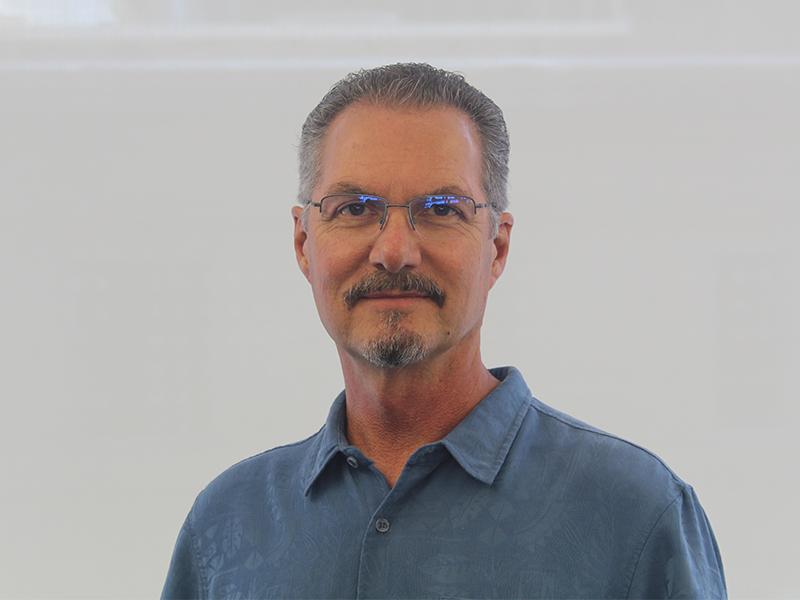
When tasked with retrofitting a national landmark that sits directly atop the Hayward faultline, Forell | Elsesser worked closely with architects, contractors, geologists, and the owner to design a customized structural solution to accommodate the inevitable movement of the fault while maintaining the structural integrity of the stadium—all in time for the next football season!
Customized Solution
- Originally built in 1923 and designed by John Galen Howard this 70,000-seat stadium, which also houses several administrative offices and serves as the headquarters for football operations, straddles the active Hayward fault. Forell | Elsesser designed a custom solution that involved breaking the seating bowl into discrete “fault rupture zone blocks” (FRB), where the fault crosses so that these portions of the building could move in response to possible surface rupture without affecting the rest of the structure. The FRB’s are reinforced with concrete shear walls on a monolithic flat mat slab foundation, all bearing on a plastic membrane to reduce friction, thus facilitating the independent twisting and tilting that may result from the possible 6 feet of horizontal and 2 feet of vertical fault movement.
- One of the signature architectural features of the Stadium is a two-story, 375-foot long press box hovering above the west side of the seating bowl. This press box will not only house print, radio, and TV media, but will also have a club space with views and seating facing the field as well as a dramatic 25’ cantilever balcony that faces campus with views of the San Francisco Bay and the Golden Gate beyond.
- Working on a tight, 20-month schedule, the team created a phasing of construction that allowed continued use of critical parts of the facilities throughout the construction process. The athletics offices and facilities were located in the existing stadium, so the first step was to build a new athletics building to allow movement of this staff out of the stadium during its reconstruction. With this approach, the football team will be back to playing in their home stadium after only one season out.
- Learn more about the stadium’s innovative design in our Case Study section.

Highlights
- Architect: HNTB Architects/STUDIOS Architecture
- Owner: University of California, Berkeley
- Concrete framed with concrete shear walls with structural steel space frame press box
- To minimize damage in an earthquake, the project team designed an innovative separation between the bowl and press box structures so they will move independently while remaining linked with fluid viscous dampers.


Team

Christopher Petteys

René Vignos

Geoff Bomba

Mason Walters

